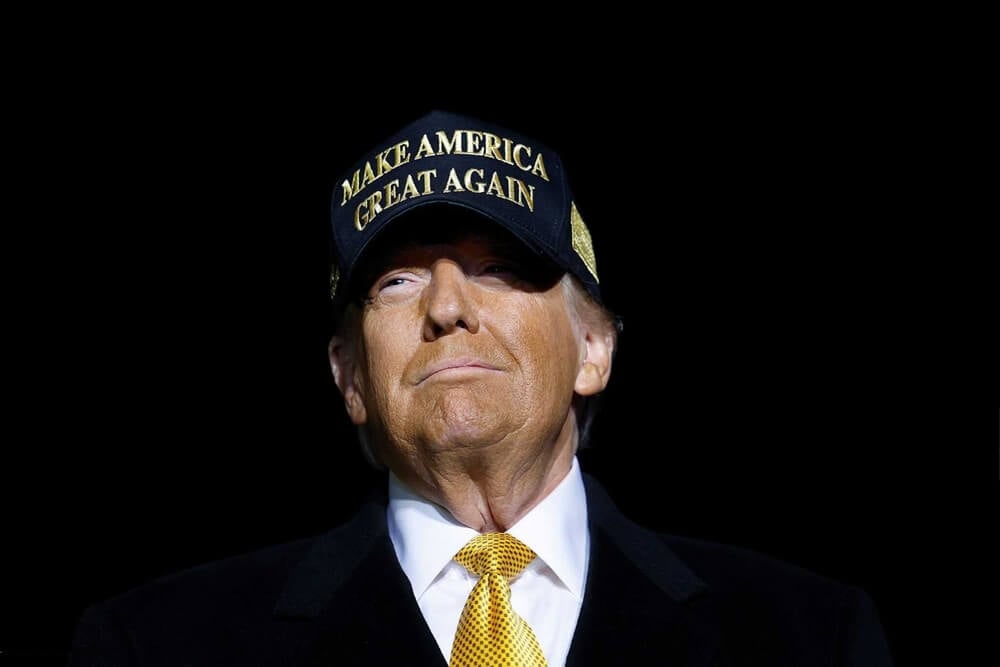The first six months of Donald Trump’s second presidency have been marked by a flurry of executive orders and legislative activity unparalleled in US history, with the possible exception of Franklin D. Roosevelt’s first 100 days in office.
The key difference is that Roosevelt’s New Deal was a radical – and ultimately successful – effort to pull the United States out of the Great Depression. By contrast, Trump’s policy drive lacks such a clear, immediate catalyst, as the US economy was performing well before he came to office.
Rather than responding to a crisis, Trump’s policies seek to reorient the American economy by revitalizing its once-dominant manufacturing sector. Whether they will succeed is far from certain.
Weaponization of international trade is at the top of Trump’s economic agenda. Since April, he has imposed sweeping “reciprocal” tariffs on almost every country in the world, then adjusted them repeatedly – lifting some, lowering others, and reinstating or increasing many.
As a result, the average effective US tariff rate has surged from 2% in 2024 to more than 16%, its highest level since the 1930s.
While many commentators have warned that sharply higher tariffs could fuel domestic inflation, the real risk lies elsewhere.
Tariffs undermine America’s ability to compete globally
By increasing the cost of imported inputs from countries like Mexico, Canada, and India, Trump’s tariffs raise US production costs and undermine America’s ability to compete globally.
Reduced competitiveness will likely lead to a decline in US exports, squeezing working-class incomes.
Trump’s One Big Beautiful Bill Act, which combines tax cuts for the rich with cuts to health-care and food-assistance programs, will compound the damage by disproportionately harming low- and middle-income Americans while adding trillions to the federal deficit.
Unless these policies are reversed soon – an unlikely scenario – their impact on the US economy could be devastating.
While the immediate effect on prices may be limited, high tariffs will ultimately slow GDP growth and erode wages
While the immediate effect on prices may be limited, high tariffs will ultimately slow GDP growth and erode wages, particularly for working-class Americans.
This decline is likely to be a secular trend, potentially leading to a sharp deterioration in economic performance.
Mainstream economists often overlook a critical fact: economic performance is influenced by much more than economic-policy decisions.
As Francis Fukuyama has argued, it hinges on the strength of domestic institutions and the degree of trust within and between countries.
It also depends on what Joseph S. Nye, Jr. called “soft power” – the ability to persuade rather than coerce.
Unfortunately, Trump has taken a sledgehammer to American institutions. For example, hundreds of international students at leading US universities have had their visas abruptly revoked by the Trump administration, further weakening trust in America’s long-term commitments and adding to the damage already caused by Trump’s relentless attacks on longtime US allies and contempt for the rule of law.
The dollar’s dominance
The greatest risk is a loss of confidence in the dollar, which, as the world’s leading reserve currency, has long been the bedrock of US economic dominance.
I vividly recall August 5, 2011, when Standard & Poor’s downgraded America’s credit rating from AAA to AA+.
At the time, I was serving as an adviser to the Indian government and witnessed the widespread uncertainty about the potential impact on global financial markets.
Ironically, this downgrade triggered a flow of money into the US, as investors seeking a safe haven rushed to buy dollar assets.
If confidence in the dollar were to erode, the rug would be pulled out from under the American economy
The prevailing belief was that the US was a country that would never default on its external debt.
That trust, built over decades, has been central to the dollar’s dominance. It has also allowed the US to accumulate an external debt of $28 trillion – more than any other country.
While this gives the US a significant strategic advantage, it also implies a major vulnerability: if confidence in the dollar were to erode, the rug would be pulled out from under the American economy.
The economic decline could be irreversible
The unpredictable shifts in US policy under Trump have made financial markets increasingly jittery.
If current trends persist, the consequences could be swift and severe, leading to a historic loss of confidence in the dollar and a flight from US assets.
 The unpredictable shifts in US policy under Trump have made financial markets increasingly jittery
The unpredictable shifts in US policy under Trump have made financial markets increasingly jittery
The only hope is that Americans will strongly oppose Trump’s harmful policies, forcing him to reverse course.
Despite short-term challenges, the US economy remains resilient enough to recover and stabilize.
But if Trump continues for the next three and a half years as he has during his first six months, the US could find itself facing the kind of conditions that Roosevelt had to address, only this time the economic decline could be irreversible.
Kaushik Basu, a former chief economist of the World Bank and chief economic adviser to the Government of India, is Professor of Economics at Cornell University and a non-resident senior fellow at the Brookings Institution.